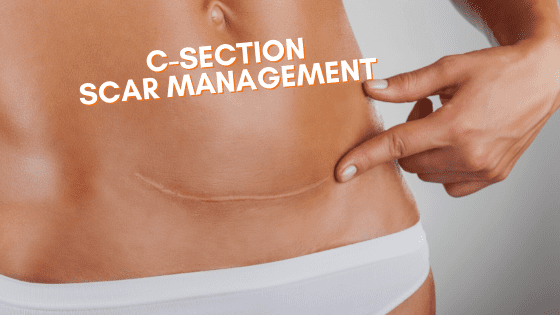
No matter how much you try to prepare yourself for labor, nothing can truly make you feel ready, especially when it comes to a cesarean section. As you transition from pregnancy to new mom status, most women are left with a few reminders of what their body has endured. For women who gave birth via cesarean section, this often means a dreaded scar to accompany the changes. In this article, we’ll cover the basics of what to expect, where to start, and how and when to dive in with scar massage management!
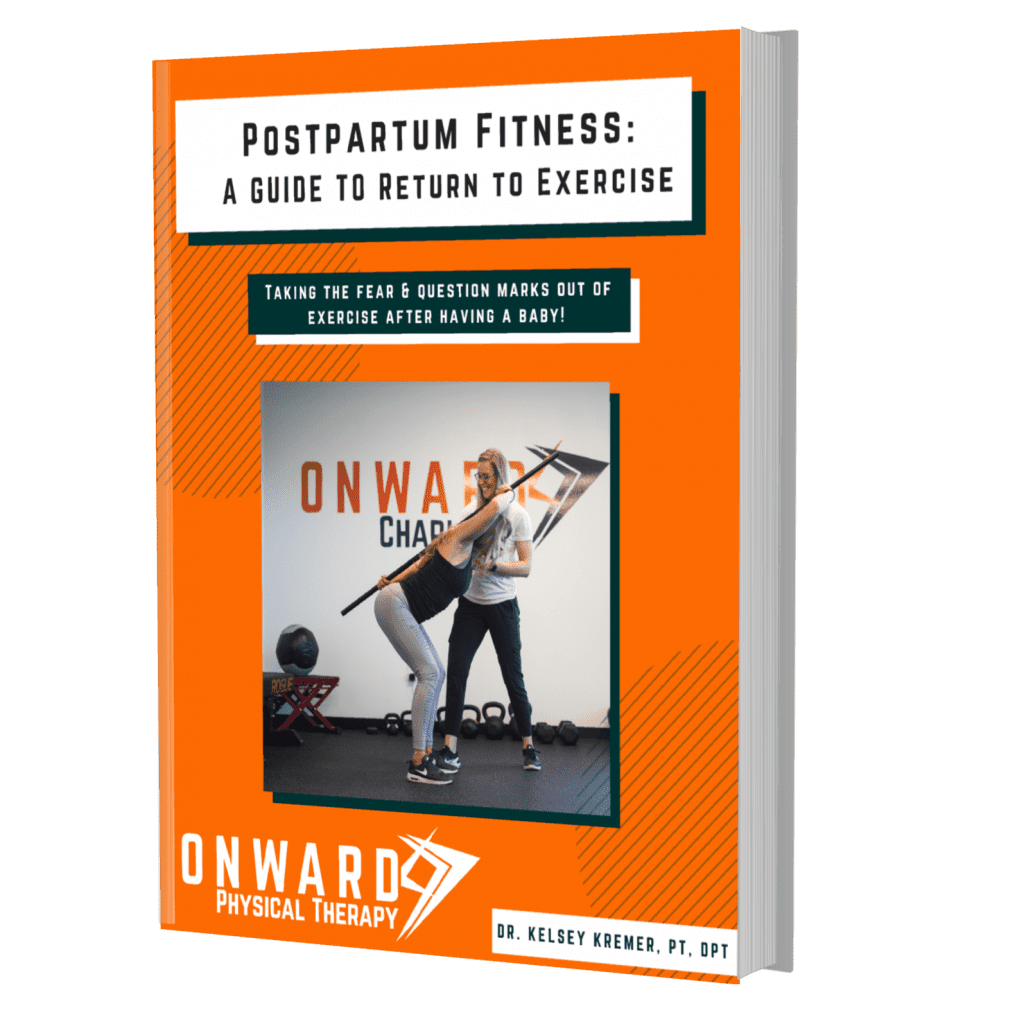
C-Section Scar Management Basics
A majority of C-section scars are horizontal incisions between 4-6 inches in length just below your bikini line. Rarely vertical incisions are made in emergent situations where time is limited and the baby’s health becomes a priority. Immediately following your delivery, expect the incision to be red, inflamed, and likely numb. Many women describe the area around the scar as feeling bruised or achy and can experience this for weeks to months following the procedure. In terms of aesthetics, some scars do fade over time, but many do not.
What can I do to care for my C-Section scar immediately after birth?
Many women have heard of postpartum scar mobilization and want to dive into this aspect as soon as possible. Before we get to this; however, we need to allow for full healing. Oftentimes, the first 6 weeks following are dedicated to allowing the tissue to heal. This also includes limiting positions that will put tension along the scar. You may initially need to roll to your side to get up or alter breastfeeding positions in early periods to limit strain across your abdomen and scar. This doesn’t mean there’s nothing you can do, though!
Scars can become highly sensitive. Clothing can feel uncomfortable and even just the thought of looking at your scar can become nauseating. It’s not uncommon that even breathing can become uncomfortable near the area of the scar. In the early stages, we often encourage our new moms to incorporate deep, diaphragmatic breathing for 5 minutes a day. Here, you are trying to allow your stomach to expand as you inhale. A good cue is to place one hand on your chest, the other on your stomach. As you inhale, only try to raise the hand on your stomach as much as possible. Keep the hand on your chest still. This is a great, yet gentle, way to start to reintroduce and incorporate tension across the scar (not to mention the stress-relieving benefits this can provide to new moms!).
The other key strategies we utilize in this early phase include introducing different textures to the scar. As mentioned, this area can become extremely sensitized. Start by spending a few minutes daily working with soft textures (tissues, sheets, towels) and gradually build to rougher textures (loofa, toothbrush, etc).
When and How Do I Initiate C-Section Scar Massage?
Typically your OB or PCP will clear you to begin C-section scar massage around 6-12 weeks. If you’re beyond this point, that’s totally fine! It’s never too late to start.
Before working directly over your scar, begin by placing your fingers a few inches around the scar and working the skin surrounding it. Stretch the skin by working your fingers both up and down as well as side to side and in clockwise and counterclockwise motions for roughly five minutes per day. Work through each movement at least 5-10 times.
Once the incision is fully healed and you’re cleared for direct work on the scar, you can begin incorporating the above directly over your c-section scar as well as lifting the skin and rolling it between two fingers, especially on spots that you feel nodules or more resistance. Again, as you’re working your scar, focus on moving up and down, clockwise and counterclockwise, as well as in diagonal motions.
At first, feeling a bit of tenderness is very normal. However, if you notice a minimal change in sensitivity or are experiencing sharp, intense pain do consult with your PCP or OB.
What Next?
Looking for more help postpartum in terms of C-section scar management, core recovery, or fitness programming? Schedule an appointment with one of our postpartum specialists. We can’t wait to hear about your own journey and how we can best help you get back to what you love!
Recent Articles
Achilles Tendonitis: Diagnosis & Treatment
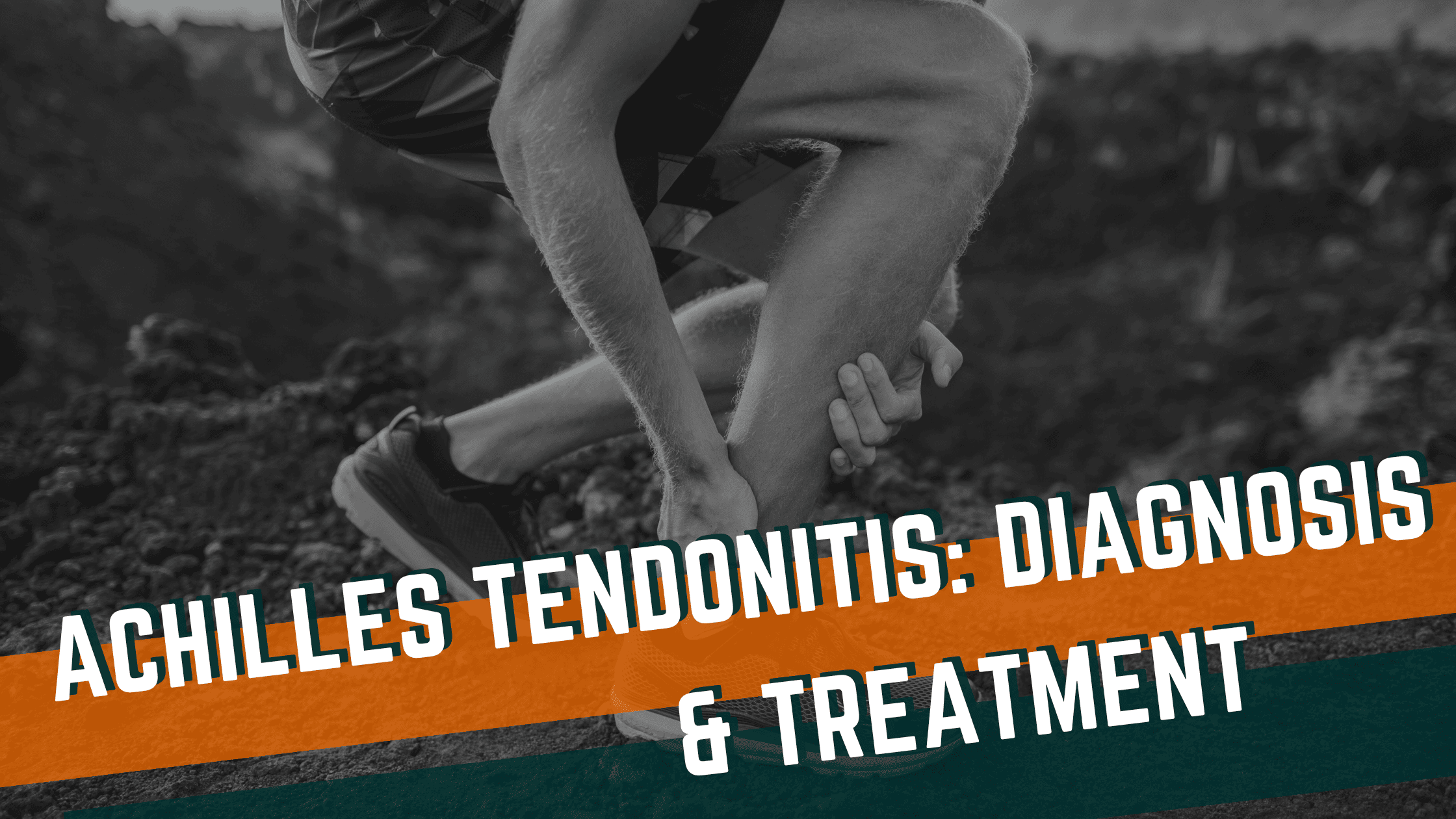
Hip Pain in Runners
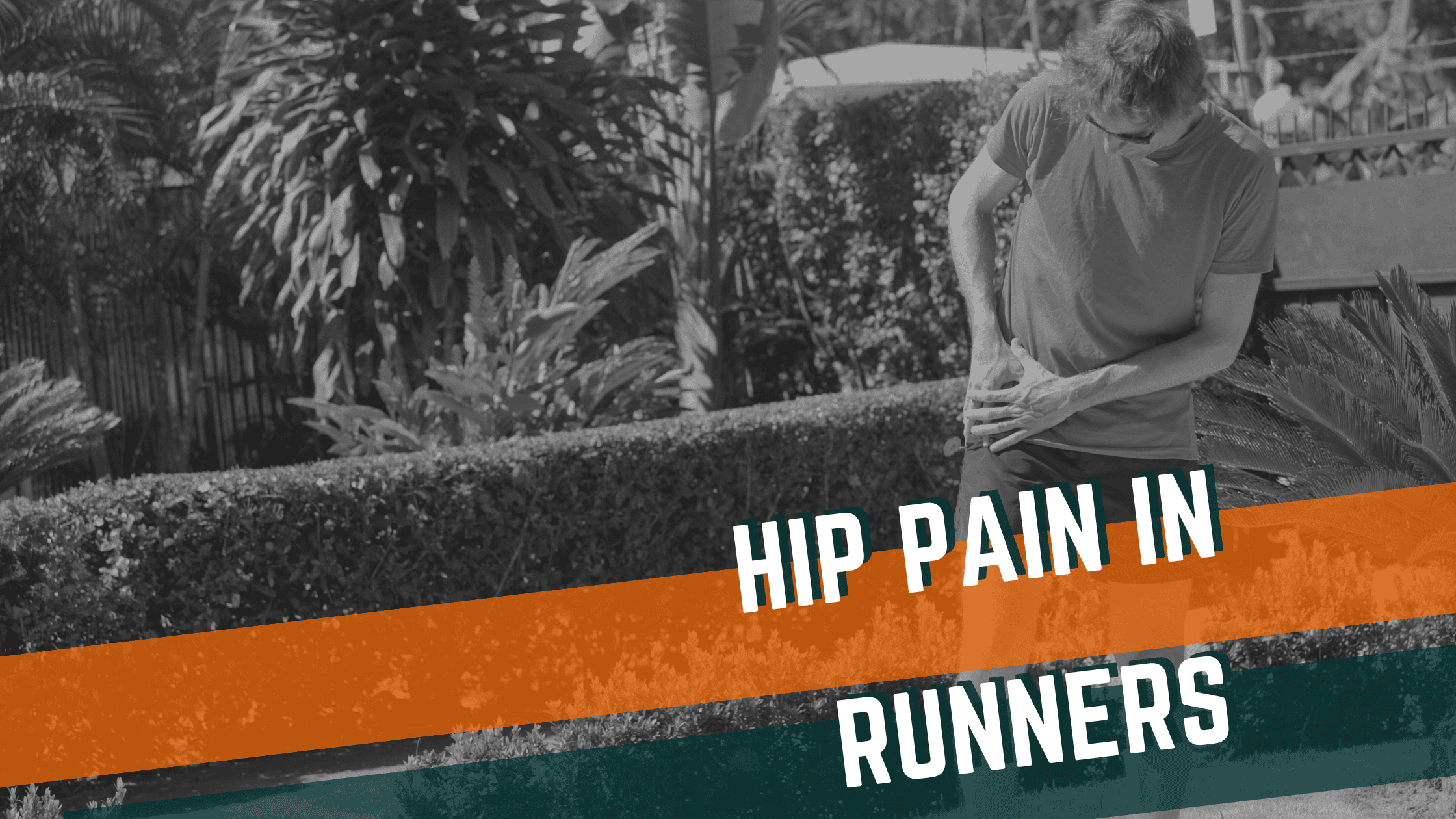
A Guide to Conditions Treated with Dry Needling
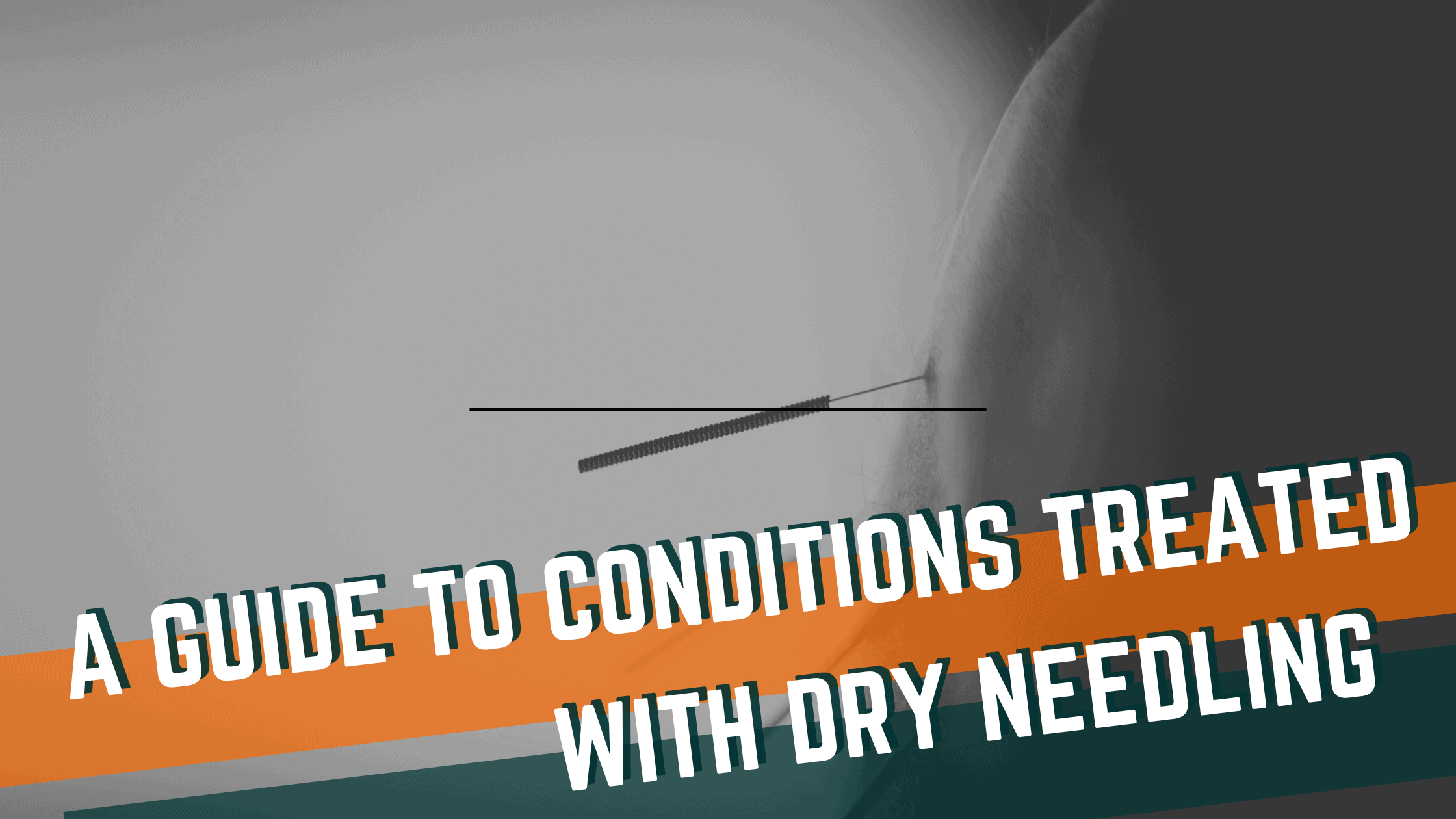
Reconnect to the CORE Postpartum: Pelvic Floor Exercises for Postpartum Healing
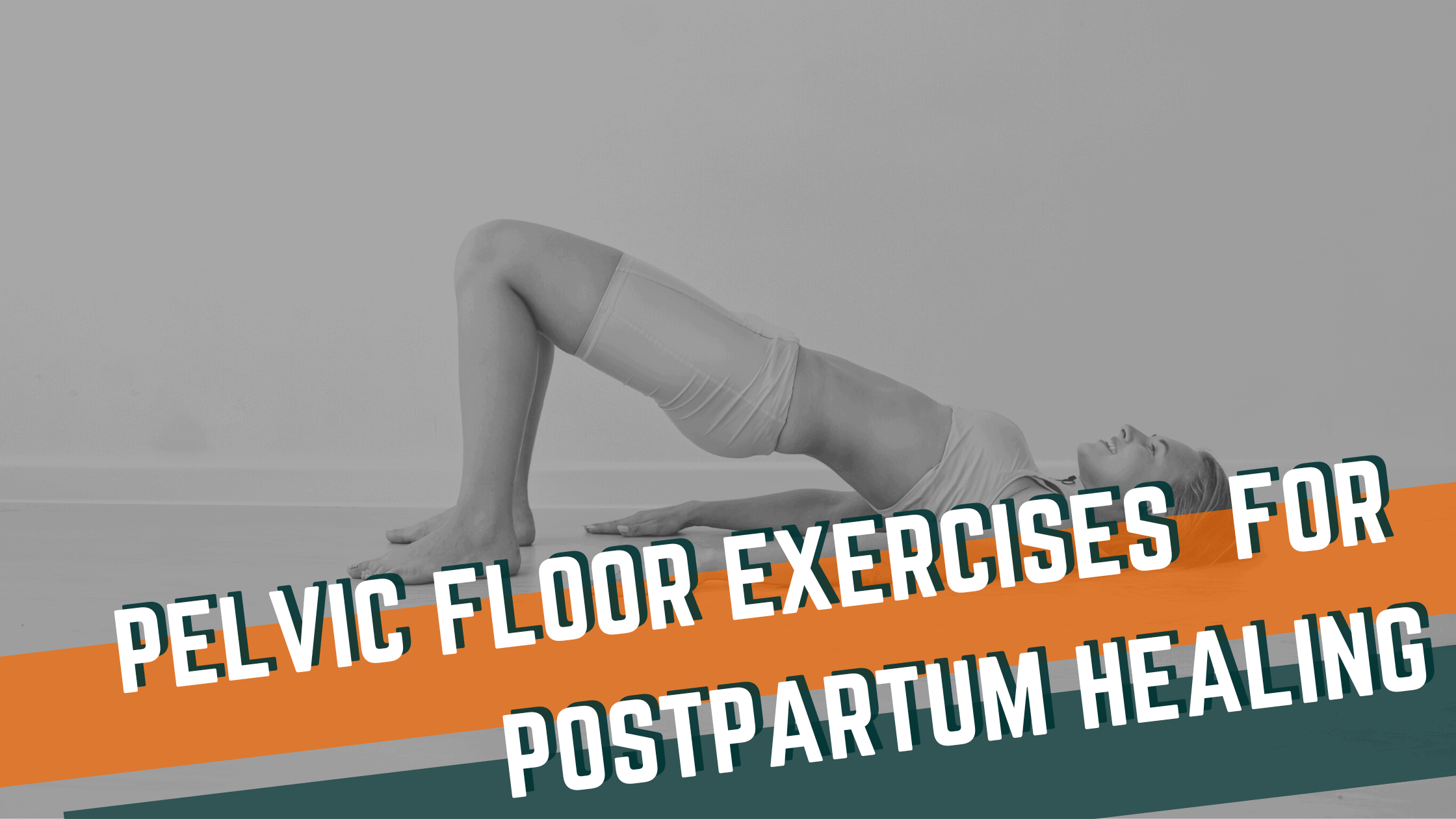
Preventing Back Pain in CrossFit: Key Considerations for Training Safely

